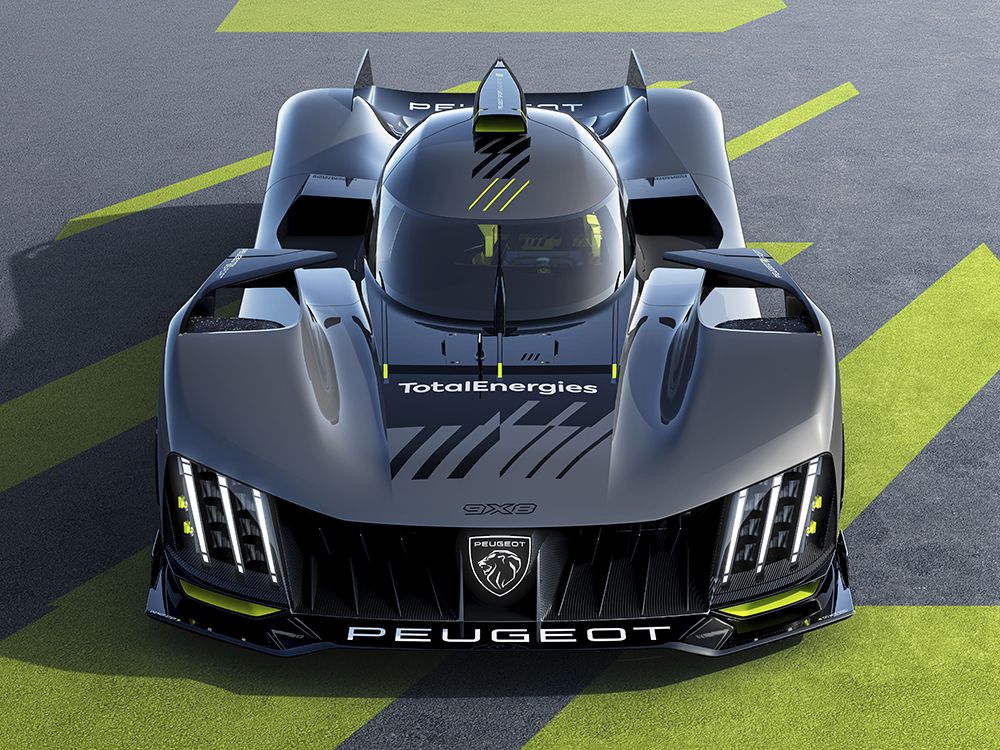
The Hypercar class is the successor to the top-tier LMP1 class in the World Endurance Championship. It still features state-of-the-art race cars that would push the boundaries of aerodynamics and powertrain development, but aside from the usual specialized prototypes, these can be based on road-going equivalents.
With the class still in its infancy, many well-known manufacturers are currently developing their entries. Toyota has the GR010 Hybrid, Aston Martin has the race-going version of the AMR Pro, Alpine has the A480, and Scuderia Cameron Glickenhaus has the SCG 007. Even automakers like Audi, Porsche and Ferrari are poised to make a return with the Hypercar class in 2023.
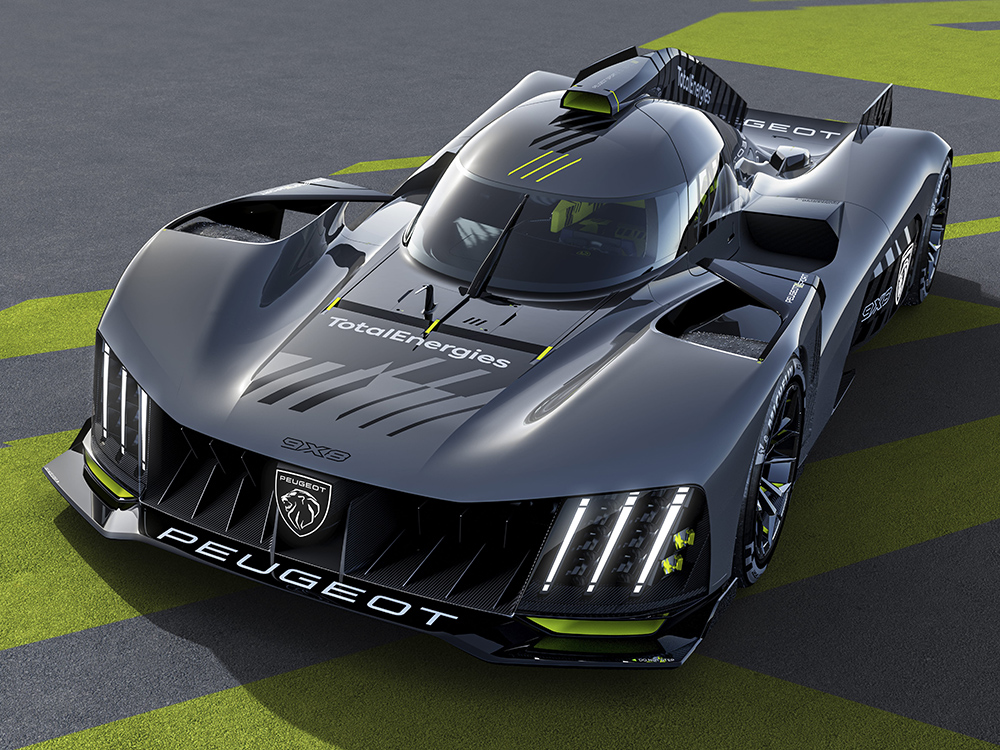
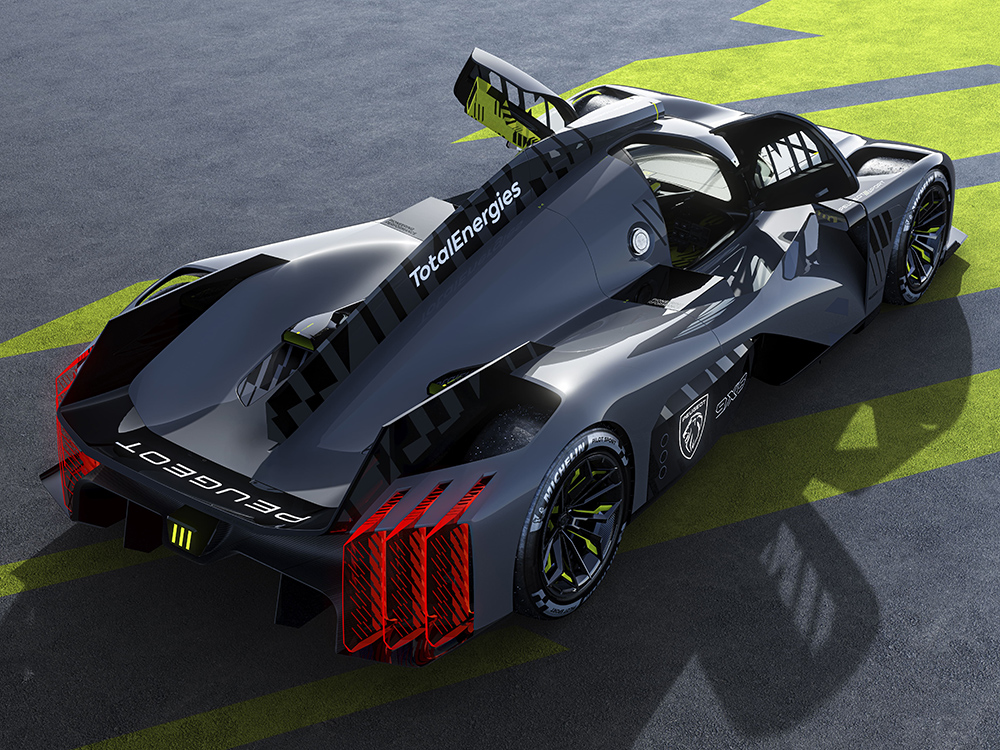
Today, Peugeot finally took the wraps off its 2022 Le Mans Hypercar challenger, the 9X8. It’s a direct successor to the Peugeot 905 and 908 race cars, all winners in their respective years: 1992, 1993 and 2009.
If you’re curious about what the name means, “9” is the series of endurance racing cars, “X” refers to the car’s all-wheel-drive powertrain with a hybrid system, and “8” is the last digit used on Peugeot’s current model names. But you probably want to know more about the car.
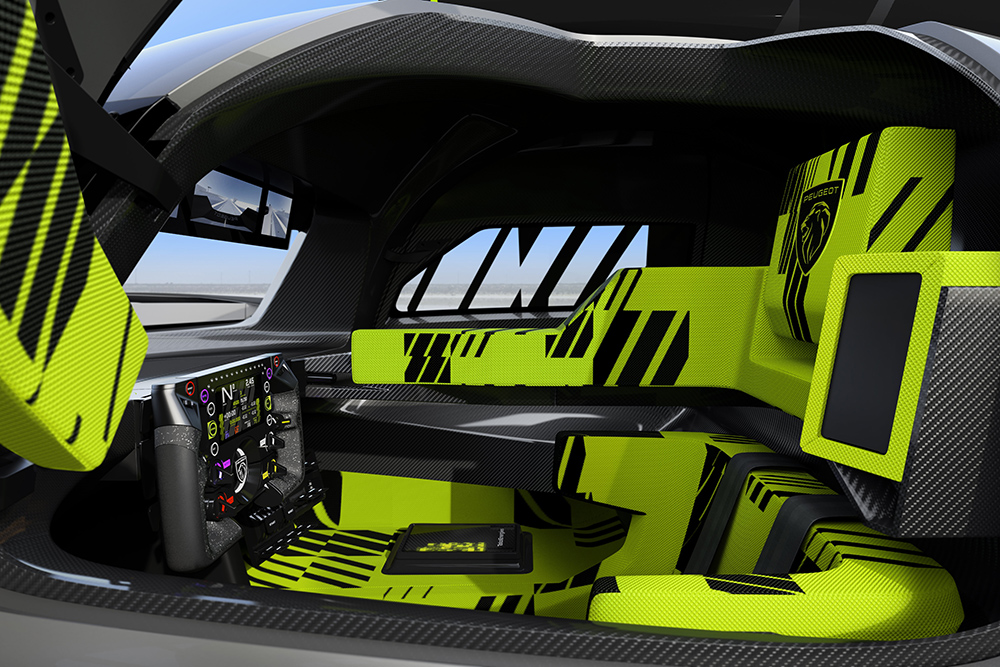
The first thing you’d notice is the car’s radical styling. A beautiful, chiseled body is presented in a gray-and-acid-green livery (which extends into the cockpit), and you can also spot some of the brand’s styling cues seen on its road-going vehicles (like the illuminated fangs for the headlights and the taillights). At the back, there’s a rear diffuser but there’s also the obvious lack of a massive rear wing.
Wait…but don’t others have wings? Well, since the new rules of the Hypercar class allow for a little more flexibility regarding aerodynamics, the team was able to get creative in making the car forgo the rear wing—yet still meet the aerodynamic specifications the team set out to achieve.
Since the new rules of the Hypercar class allow for a little more flexibility regarding aerodynamics, the team was able to get creative in making the car forgo the rear wing
“We have achieved a degree of aerodynamic efficiency that allows us to do away with this feature,” says Stellantis motorsport director Jean-Marc Finot. “Don’t ask how, though. We have every intention of keeping that a secret as long as we possibly can.”
For the powertrain, a 2.6-liter biturbo V6 mated to a seven-speed sequential transmission works in tandem with a 200kW electric motor to deliver a total of 939hp. It’s not a mind-blowing number, but you have to remember that the car has to cover 5,400km in a single race, so efficiency and reliability are key considerations during the powertrain’s development.
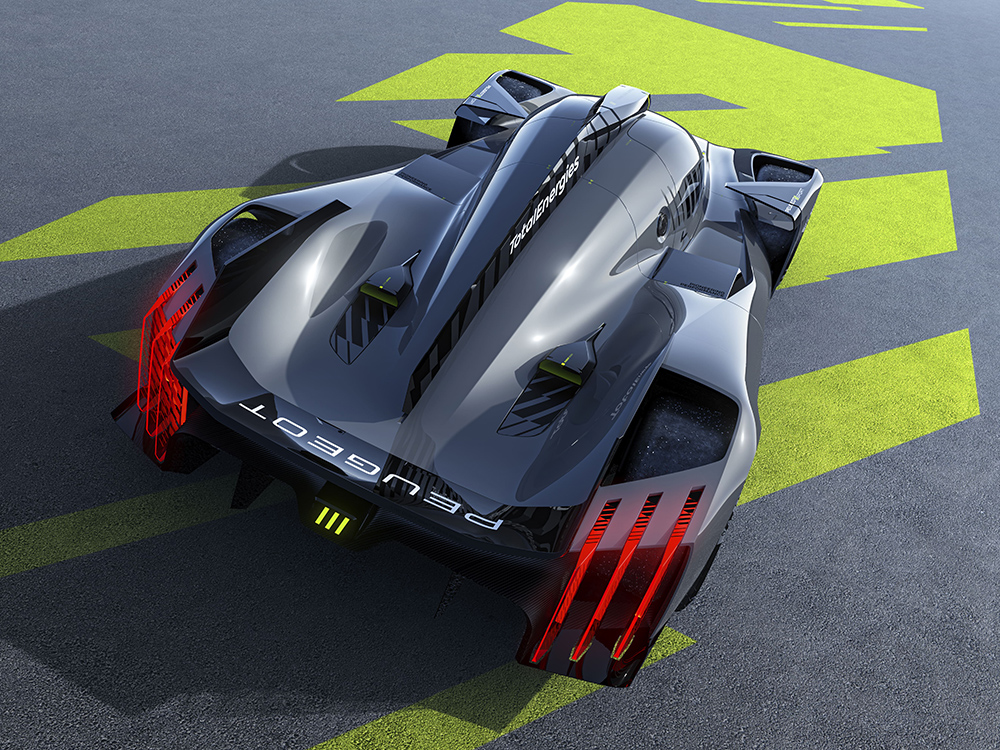
Two 9X8 units will enter in the 2022 FIA World Endurance Championship, and they’ll be piloted by such familiar drivers as Paul di Resta, Jean-Eric Vergne and Kevin Magnussen. It has been a decade since the French car manufacturer left top-rank motorsports, so we’re ecstatic to see the team make a comeback to this prestigious but grueling race.


0 Comments